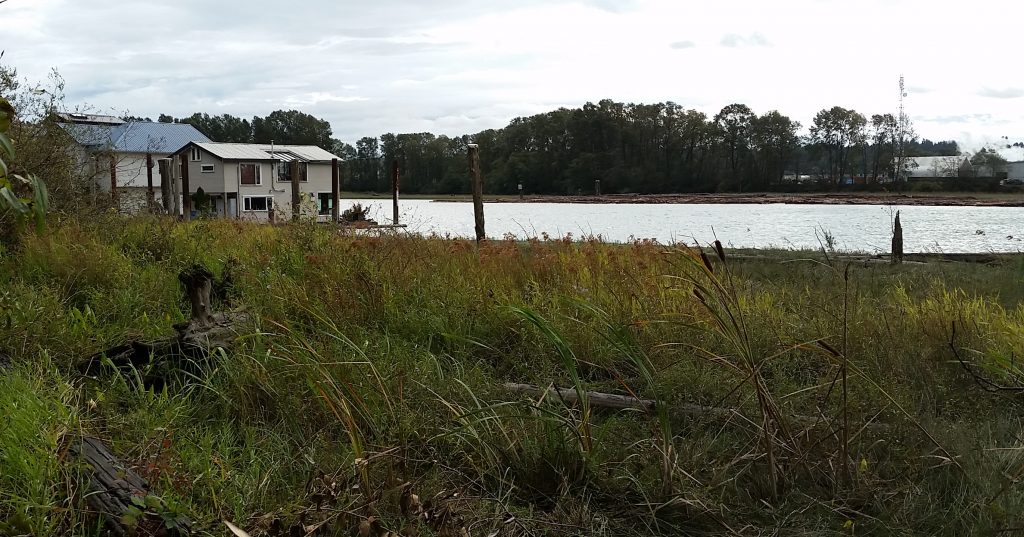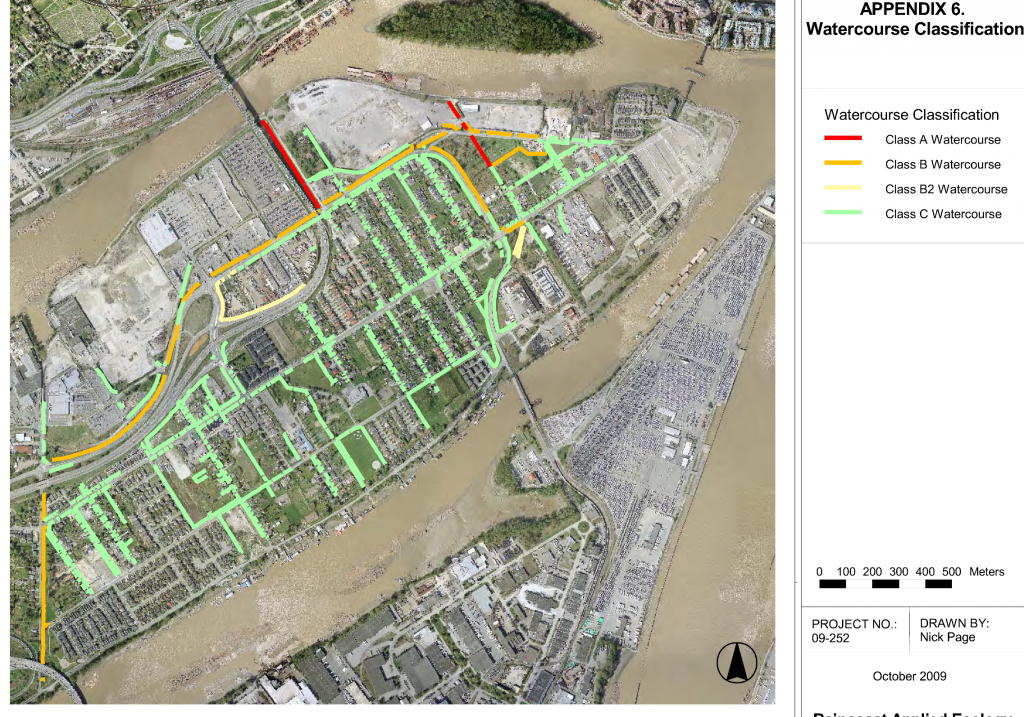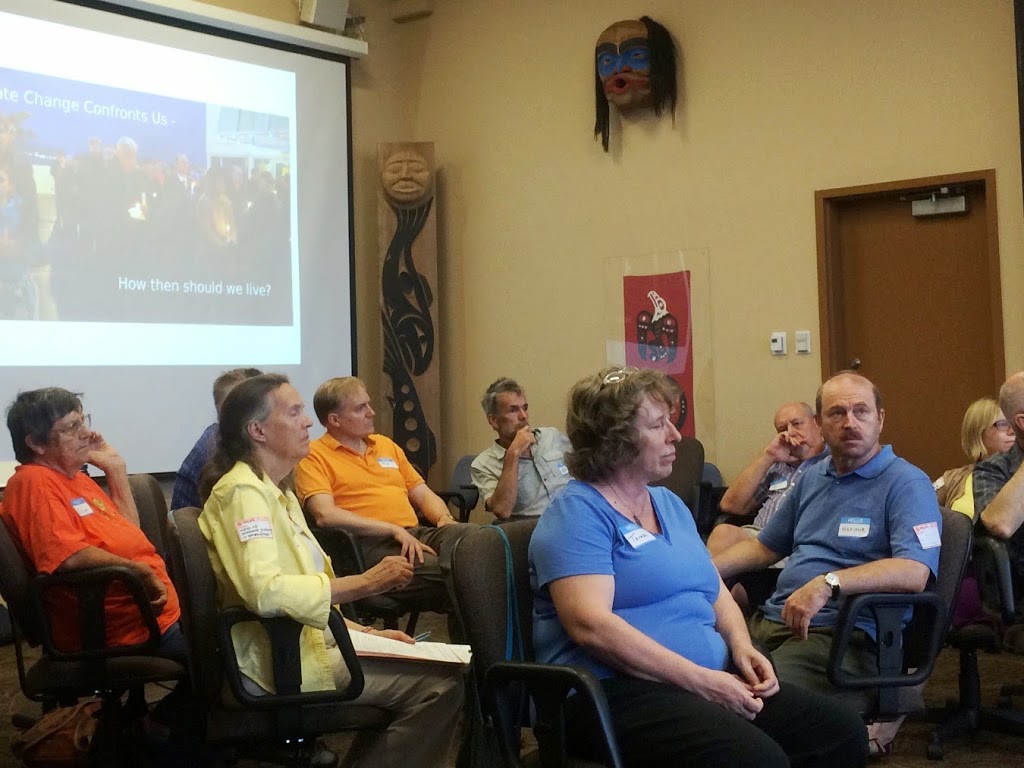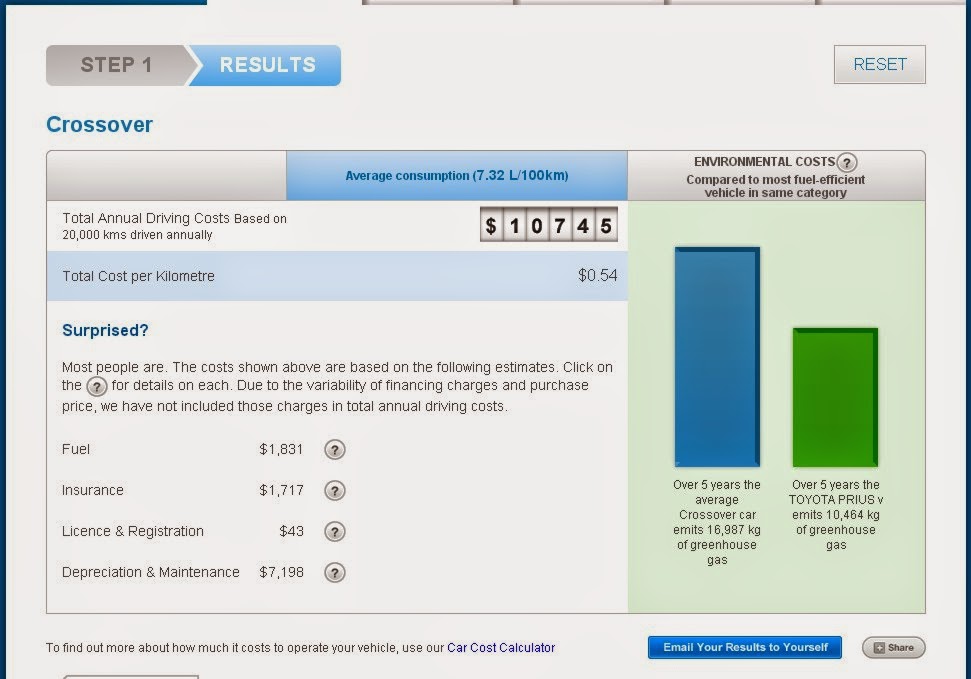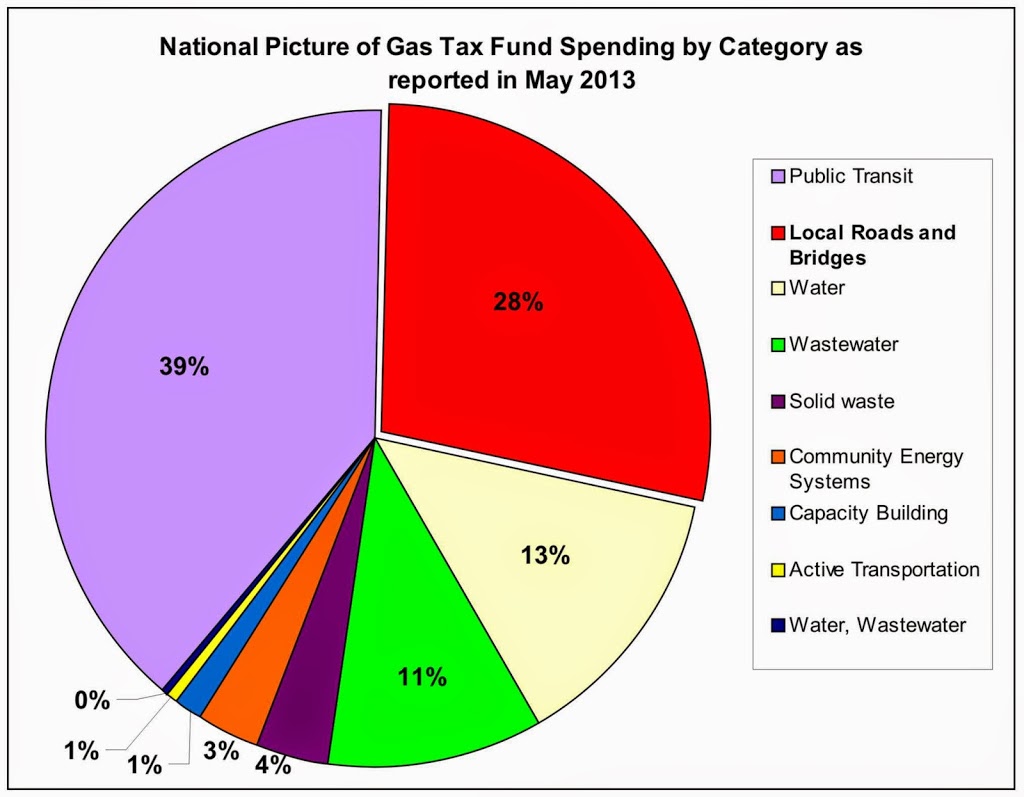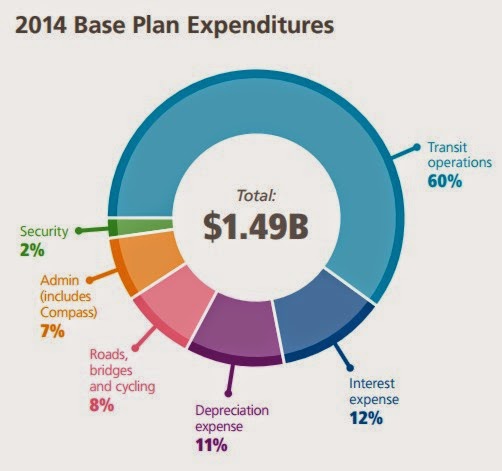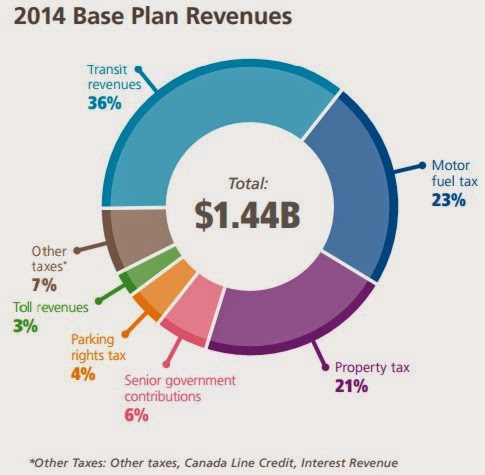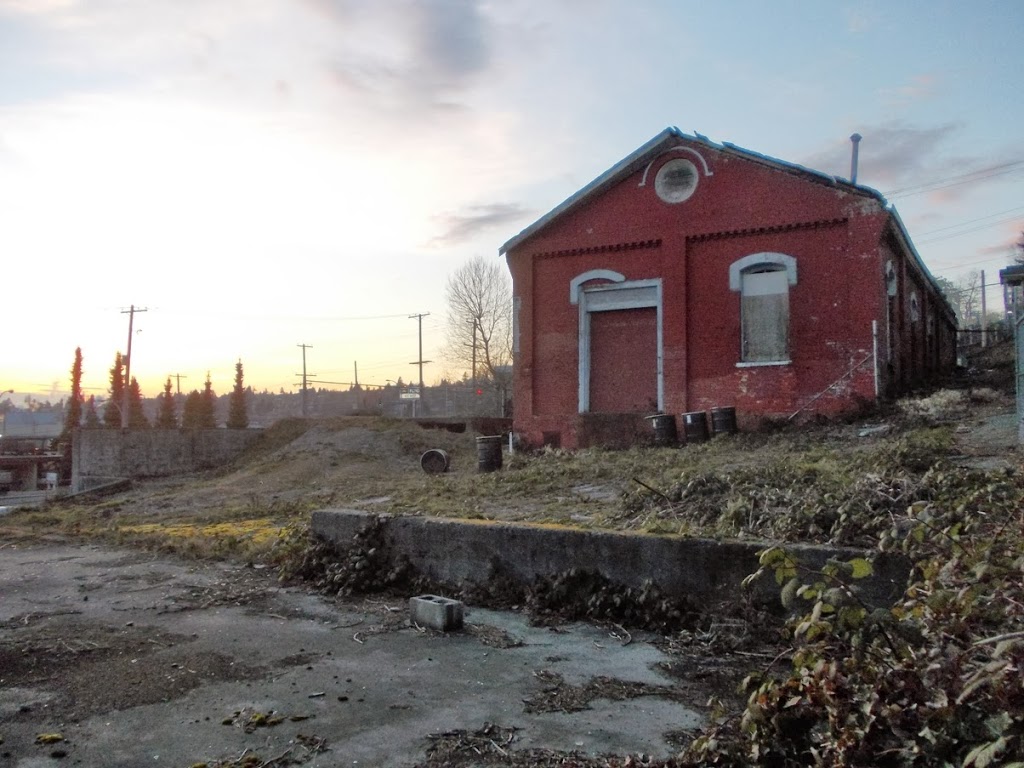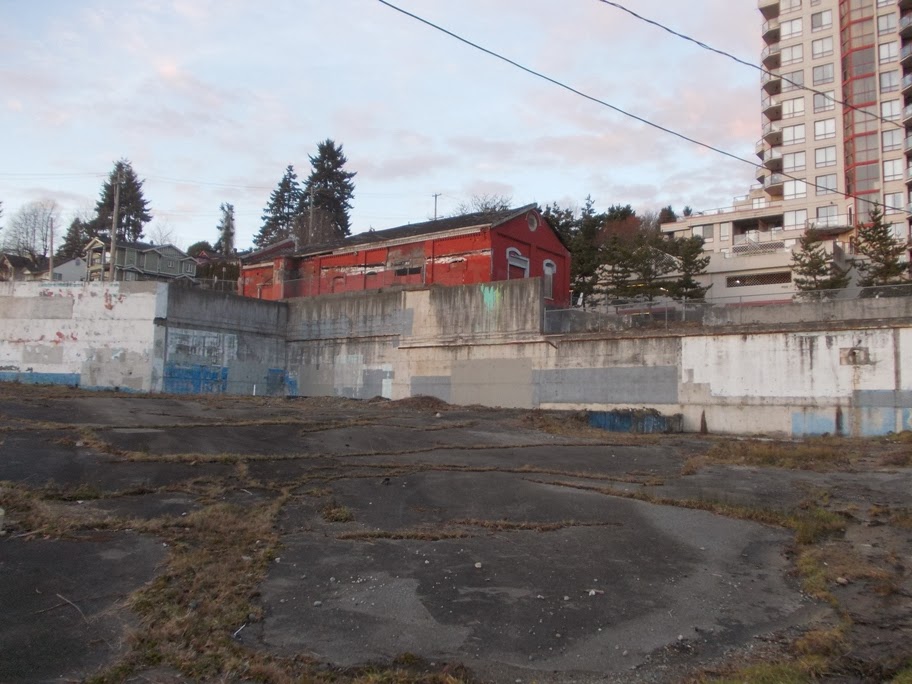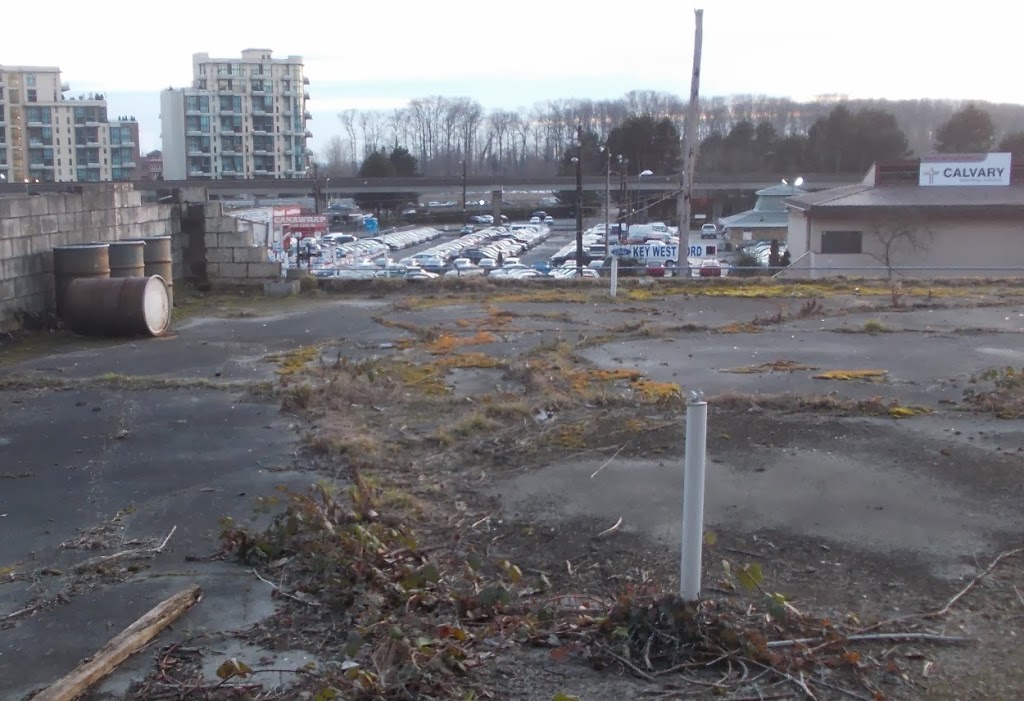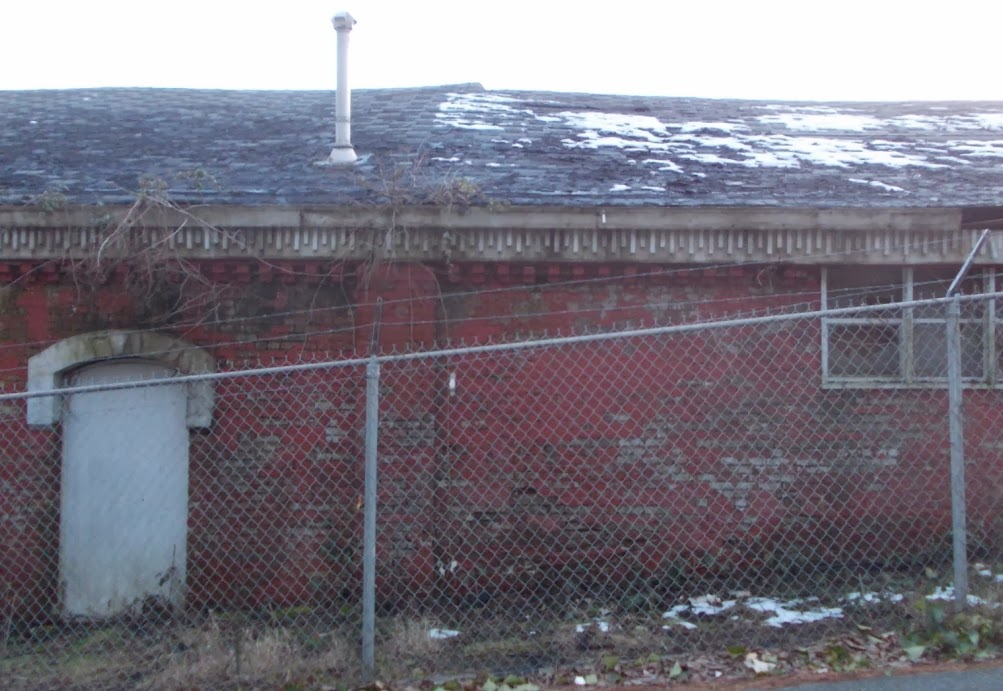There is something else that has been going on in New West (and right next door in Burnaby) for several weeks that is not getting nearly enough attention. There have been a small group of people, led by Dr. Tim Takaro, leading a peaceful occupation of the Trans Mountain Pipeline right-of-way through the Brunette River riparian area. If you live in New West, or if you are concerned about the role your federal government plays in addressing Canada’s shameful climate change legacy, you should care.
It is possible in 2020 that many of us are feeling “protest fatigue”. After the Climate Strikes of last fall, the actions in support of the Wet’suwet’en in the spring, the seemingly unstoppable 24-hour news of protest and counter-protest around Black Lives Matter and Indigenous rights movements, the nation south of us in such a downward spiral, all while we are living under the fogbank of a global pandemic – how many people have capacity for another call to action or protest against injustice right now? For anyone who even gives even the littlest shit about the state of the world and future generations, it can all feel crushing. Not because this doesn’t matter, but because everything freaking matters.
Some people I talk to about this are lamenting (or sometimes celebrating) that the pipeline is fait accompli. The Federal Government has dropped its your money into it, the pipe is bought, the court cases are exhausted. Even as the dark reality of questionable financial viability dawns on us, and the guy who bought the pipeline slinks from office to find other opportunities to mess with global capital, the sunk cost fallacy is pushing us forward into a $12.5 Billion investment in stranded carbon assets. But that’s global macroeconomics and climate denialism, what does that have to do with us here in little old New West?
As I have talked about before, the new Trans Mountain pipeline is going to move more than half a million barrels a day of oil products through the Brunette River, just meters from the New Westminster border, and just before the Brunette flows into New Westminster and discharges to the Fraser immediately upstream of our waterfront. I say the new Trans Mountain Pipeline, because here in the Lower Mainland, they are not “twinning” or “expanding” the existing pipeline, they are routing a second pipeline kilometers from the existing one (which will still pump away as it always does). The new route passes through the most sensitive riparian area of the Brunette: a river that a small group of underappreciated local heroes spent decades bringing back from an industrial sewer to a place that hosts spawning salmon again. The new pipeline is proposed to dig through the very riparian area that supports those salmon and a rich diversity of other flora and fauna, one of the few remaining natural streams in the urban sprawl of the Burrard Peninsula.
So here we are again, another small group of dedicated people protecting a legacy for generations. With time a’ticking and construction equipment staging, they are occupying the space in the hopes that their presence will prevent the felling of trees and clearing of brush and digging of trenches. There has not been much mention of this protest that has been going for more than a month, aside from a couple of early news stories when Dr. Takaro initially went into the trees.
The protest came to the attention of New West council as the occupants were using lower Hume Park for staging some of the activity, it being the nearest open public assembly place to the protest site. Although the actual occupied site is in Burnaby, the crossing of North Road and the Brunette River is a jurisdictionally-challenging spot, where Burnaby, New West, and Coquitlam meet and the federal railways have some policing powers (don’t start with me about how multinational corporations have armed policing powers in Canada –that’s another rant for another time). So it is worthwhile to point out that the three municipalities have taken varying approaches to the TMX expansion.
New Westminster was an intervenor in the Environmental Assessment, strongly opposed the project and its re-location to the Brunette watershed, and have supported legal challenges to the project. Burnaby’s opposition to the project has taken them to the Supreme Court of Canada. Coquitlam has said “show us the money”.
As a City Council, we have received no formal correspondence from the pipeline project team since the federal government took over the project. After formally opposing it for a list of technical reasons in 2017, we received a letter in response from (then) Minister Sohi in 2018 letting us know they received our letter, but they had just bought the entire project, so they are moving ahead.
My reasons for opposition to this project are informed by my participation in the original Environmental Assessment process in a technical role, and honed by my role as an elected official in an impacted community. I have been at this long enough that I remember the Harper-led federal government listening to our concerns before telling us they don’t care, then tearing up the Canadian Environmental Assessment Act and Fisheries Act to prove the point. In hindsight, that seems more honest than the Trudeau-led federal government lying to us about accountability, promising to end subsidizing oil and gas, and then throwing our chips down on the biggest oil company bailout in Canadian history. I wonder where Minister Sohi is now, after so much was invested in trying to protect his lonely Alberta seat.
Anyway, I’m ranting.
The protest is ongoing in the woods just west of the North Road, south of the Highway 1 overpass, but you may see a few people spending time staging or handing out information in lower Hume Park. Drop by and say Hi if you are in the area, send them some support if you like. Maybe you might want to let your elected representatives know if you think building a pipeline to expedite bitumen sand development in the face of a Climate Emergency is a thing you want them to spend your money on in 2020, or whether you value healthy salmon habitat in your community.

